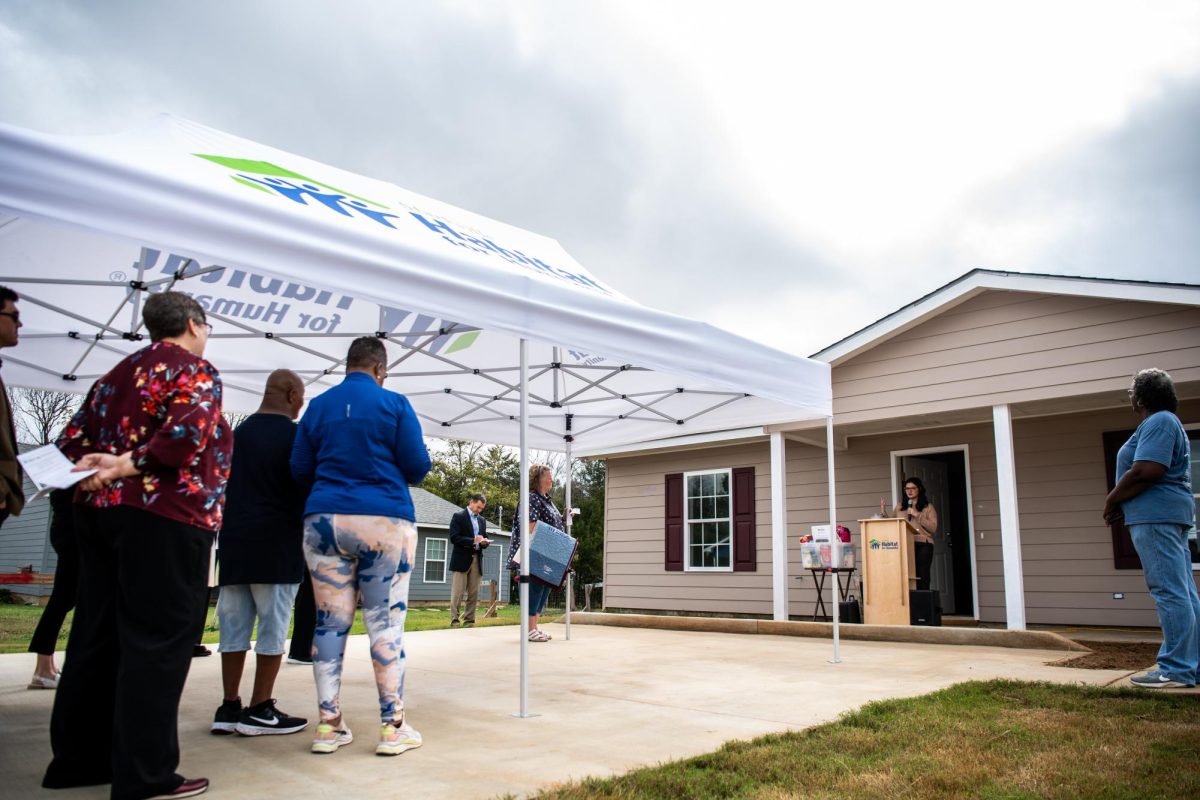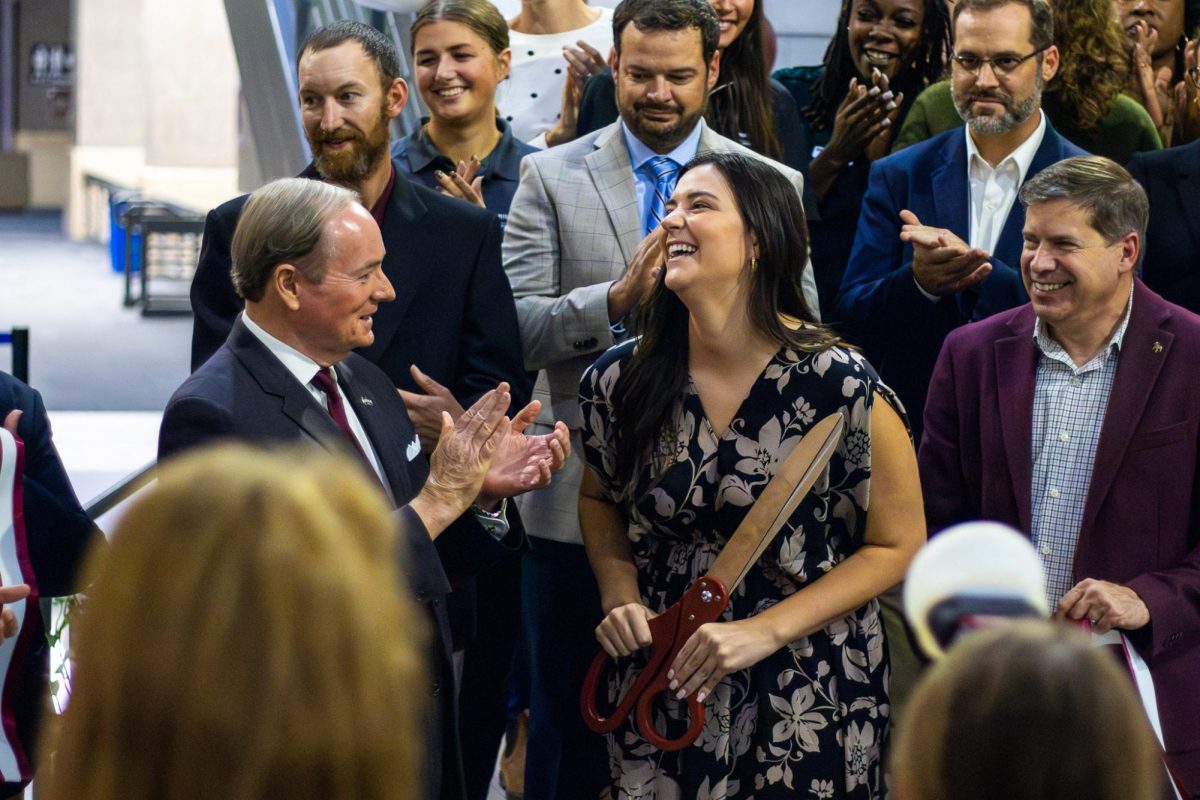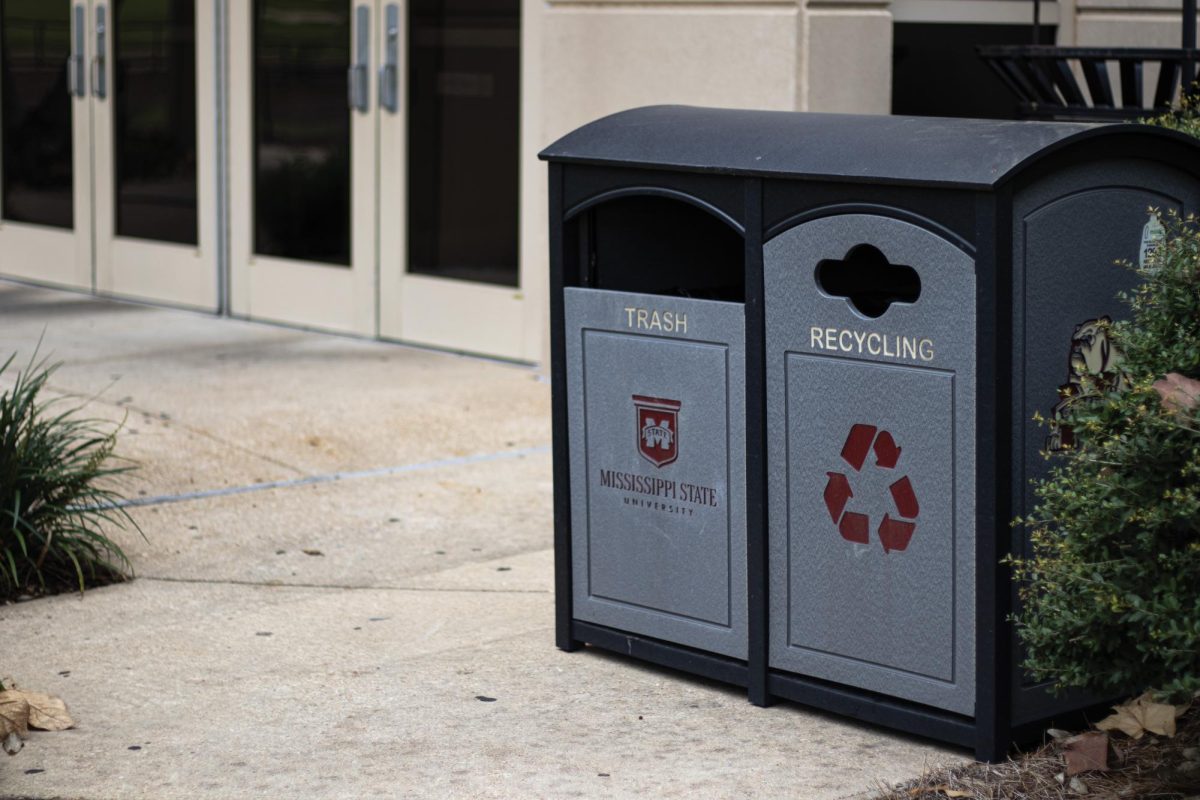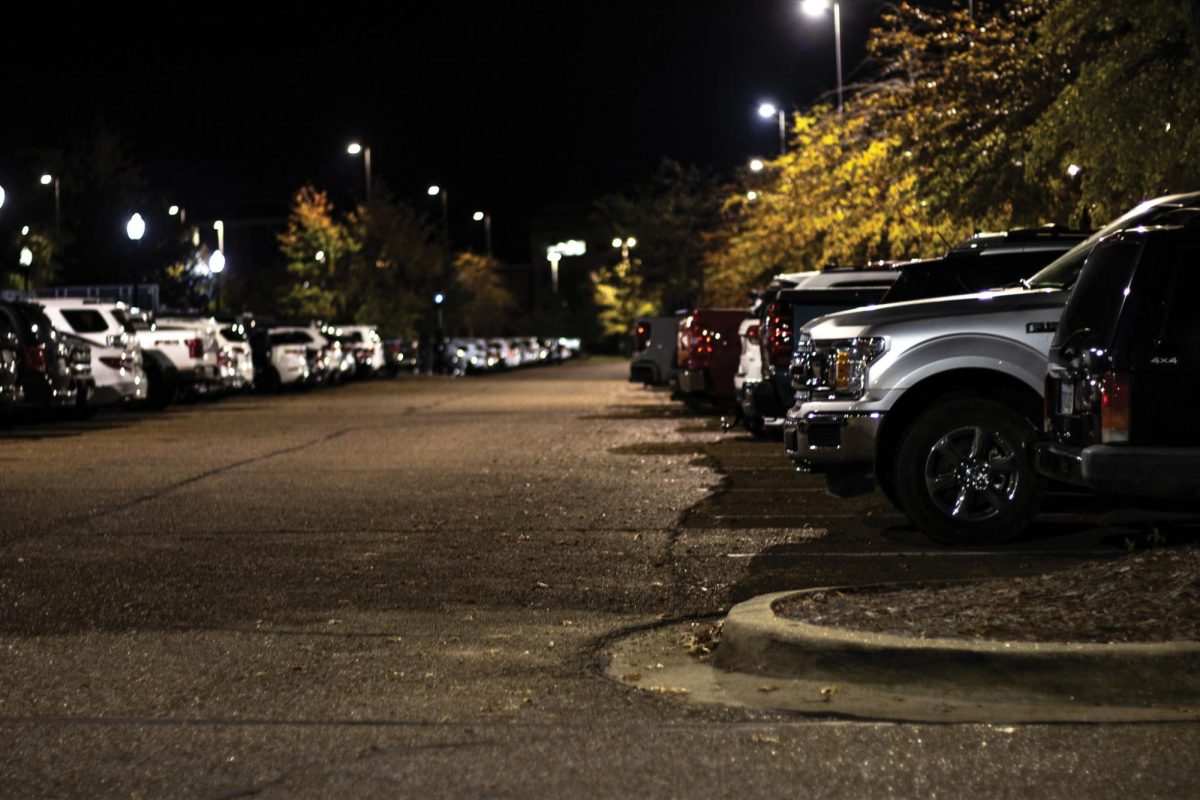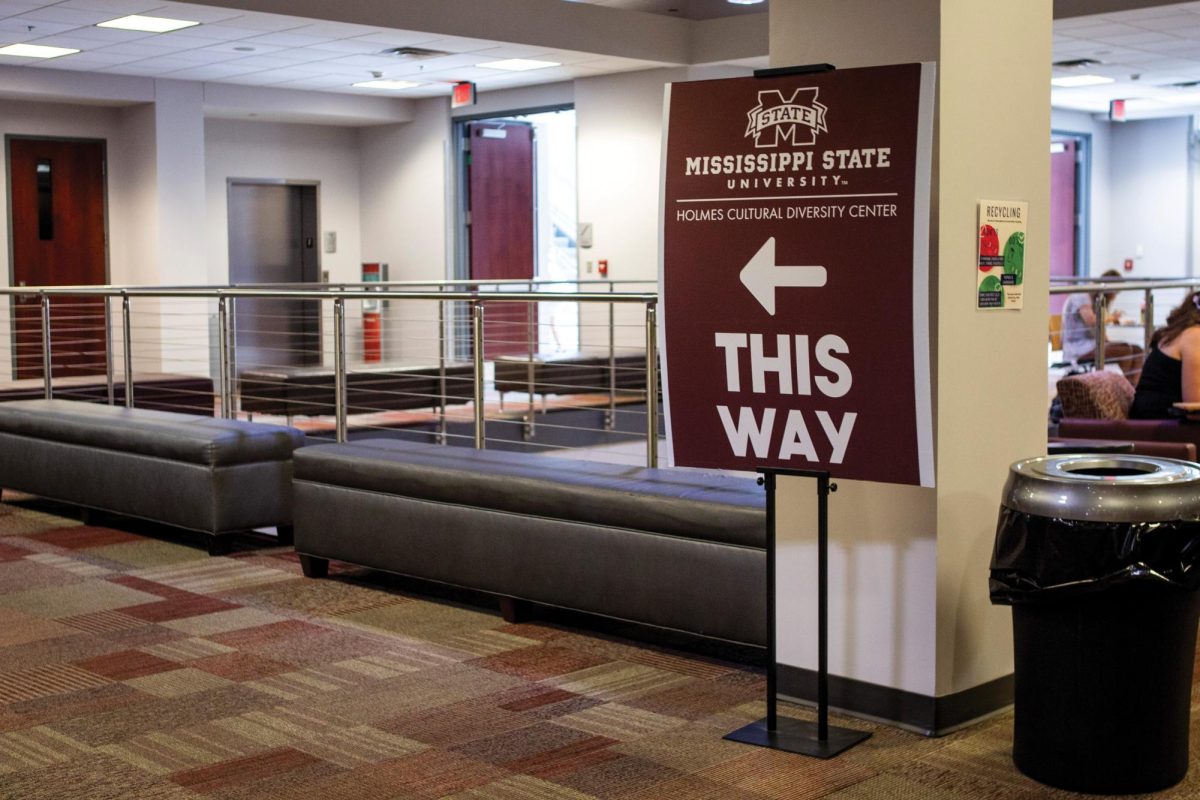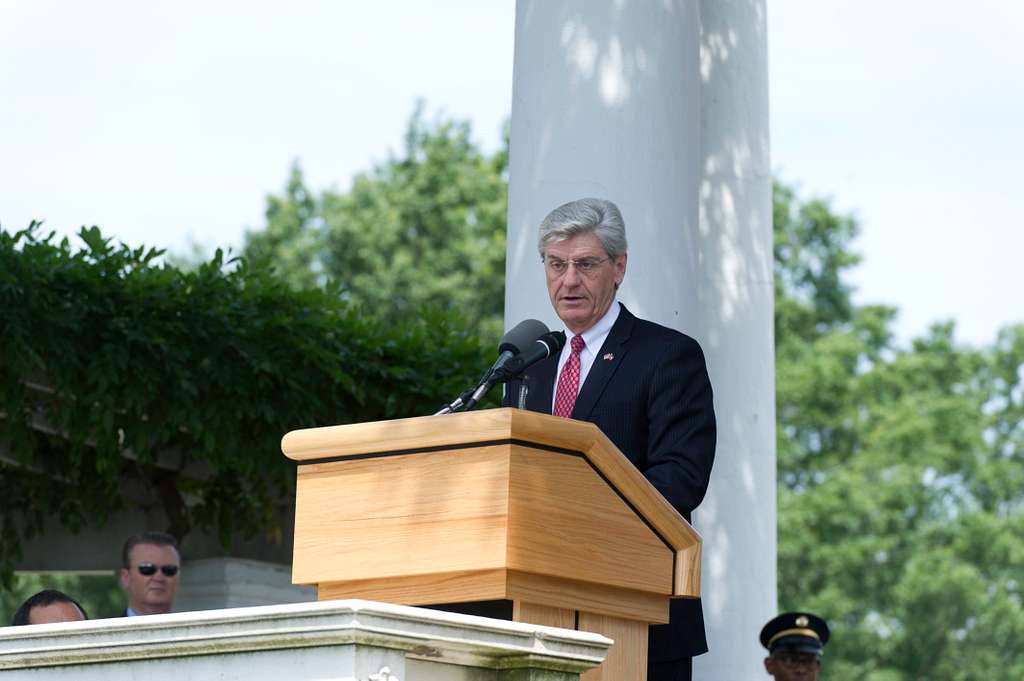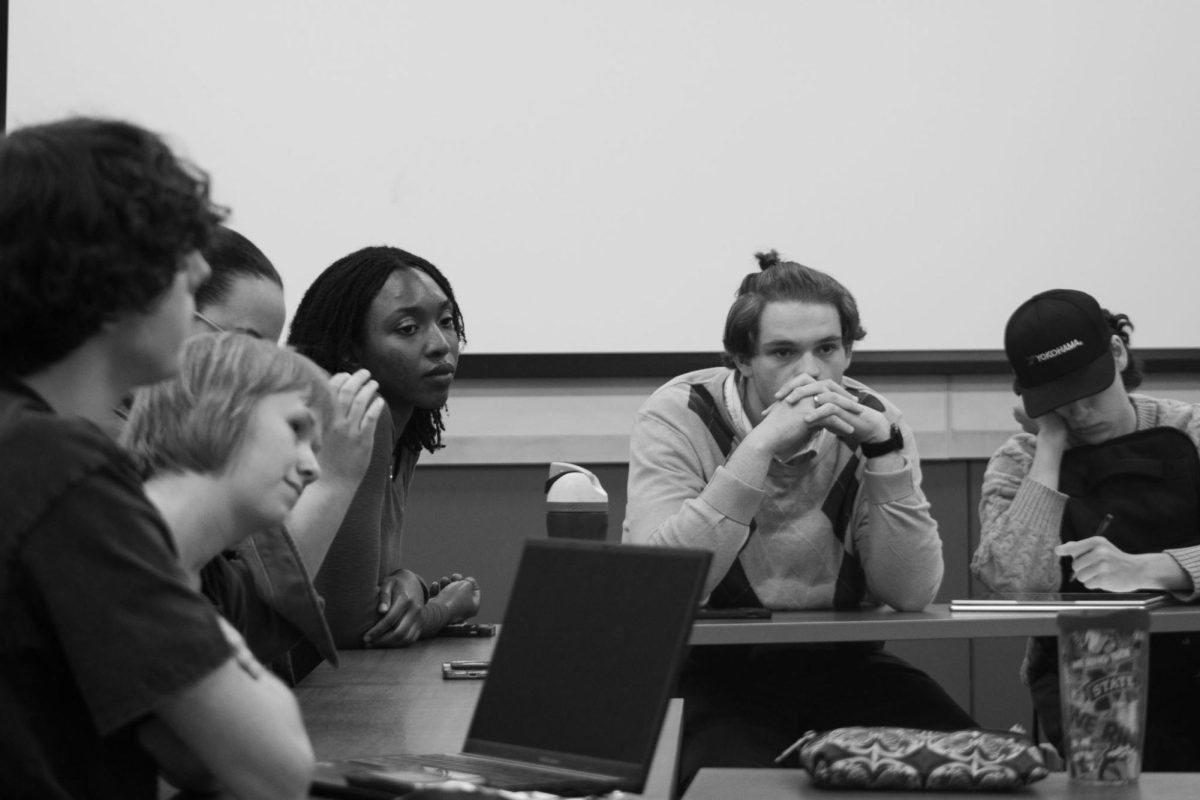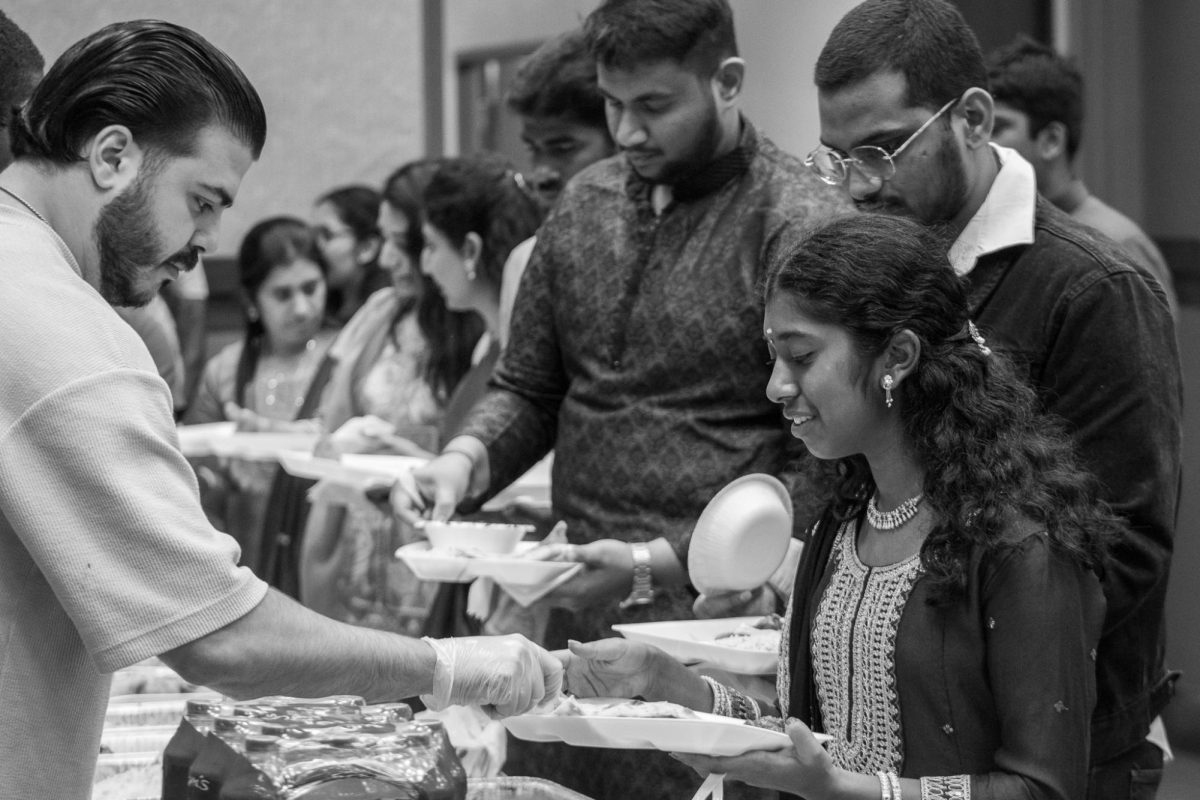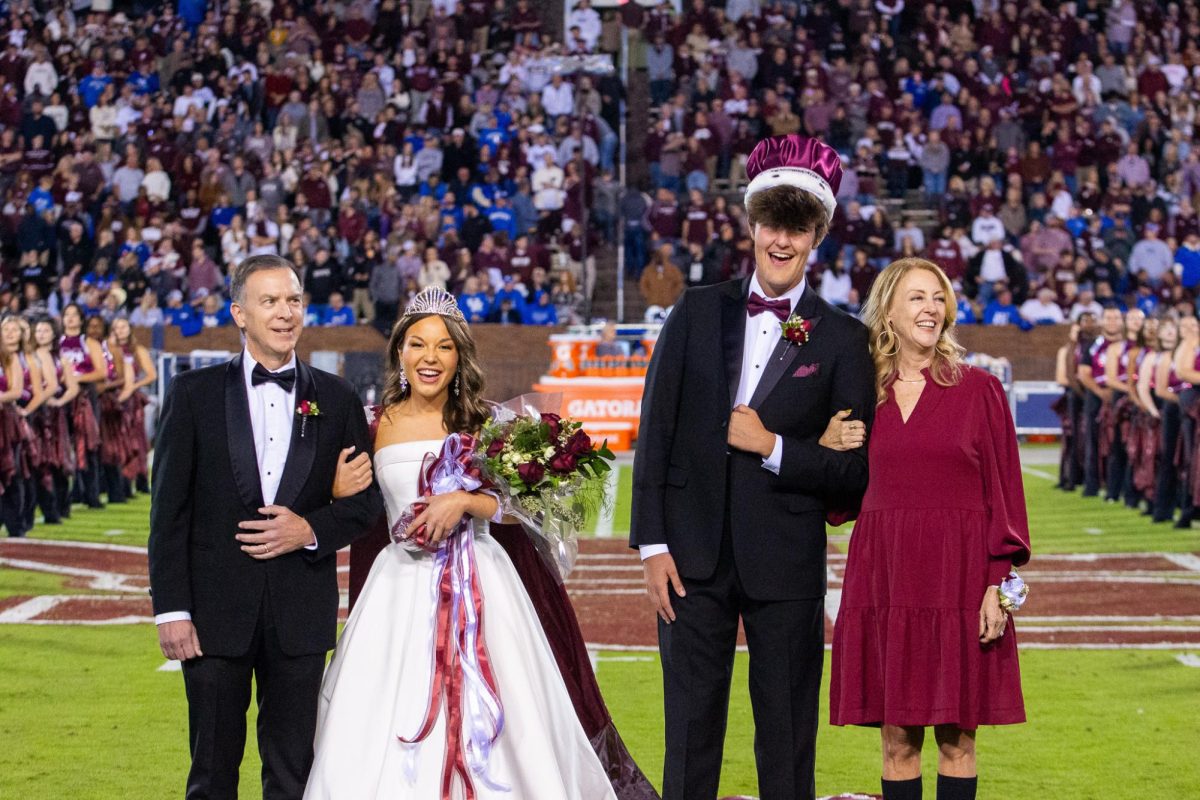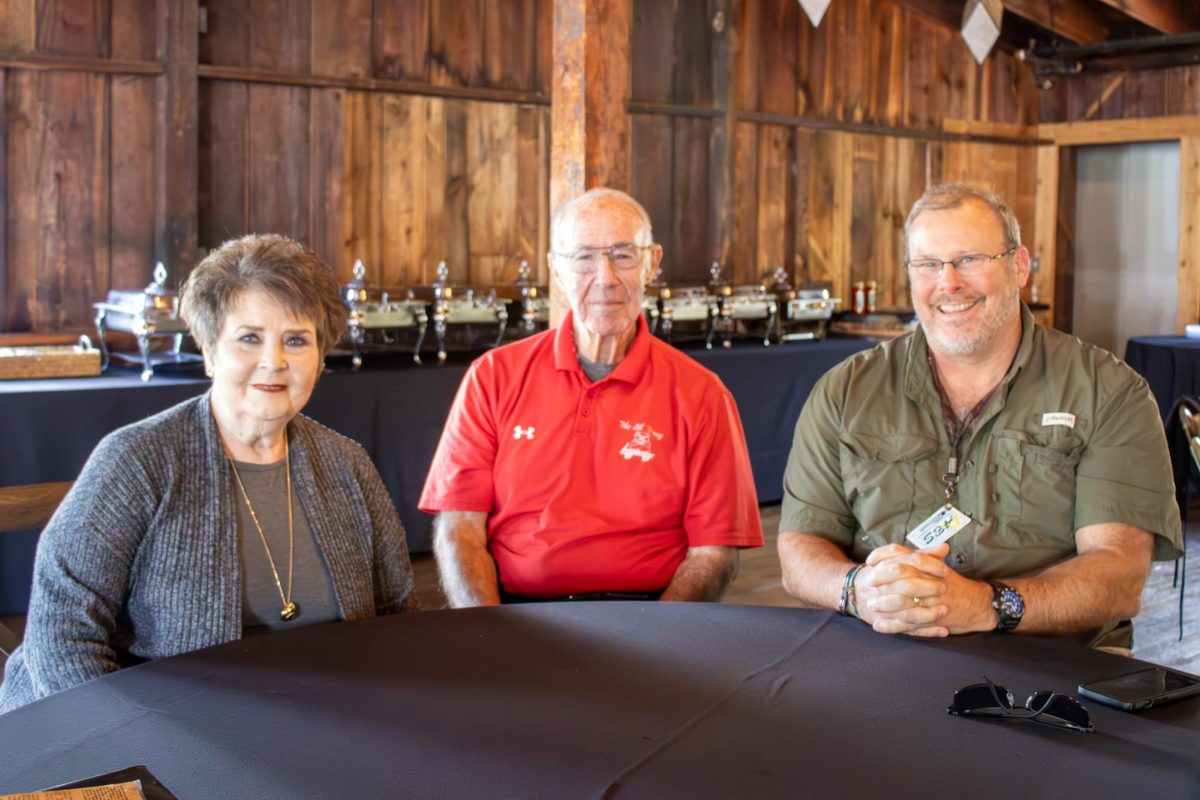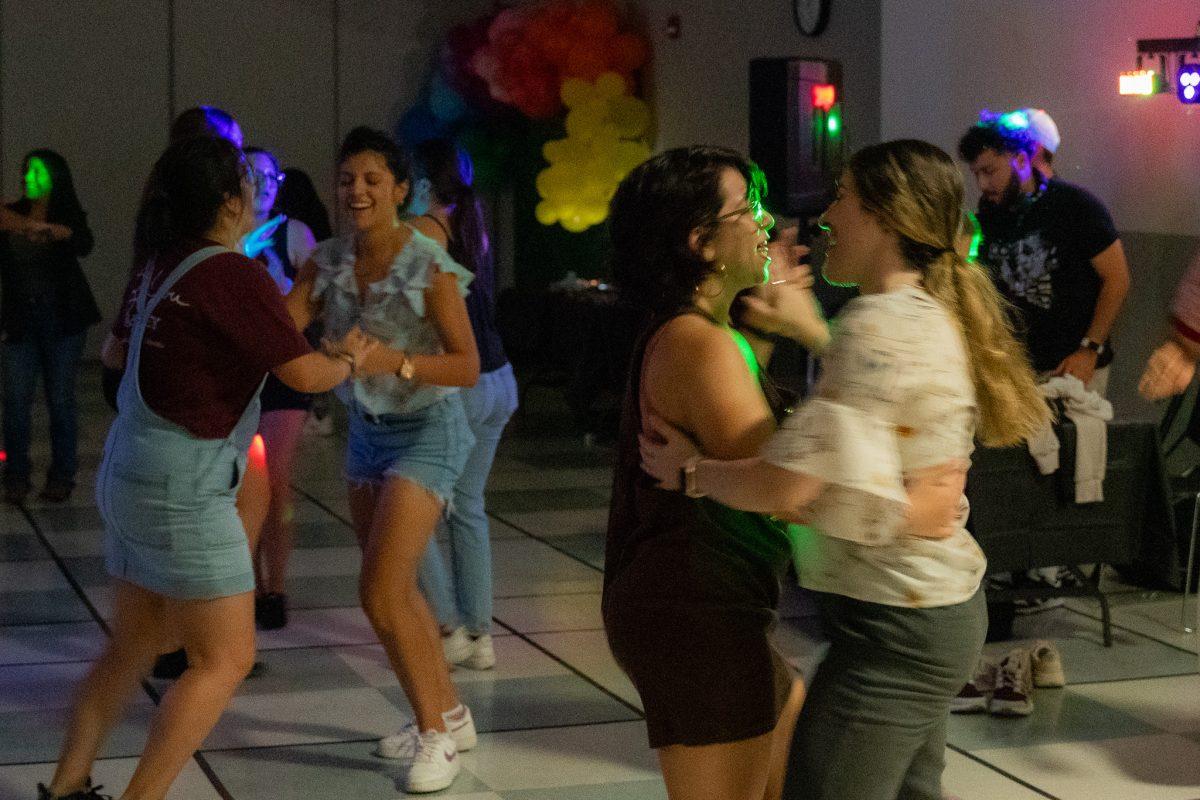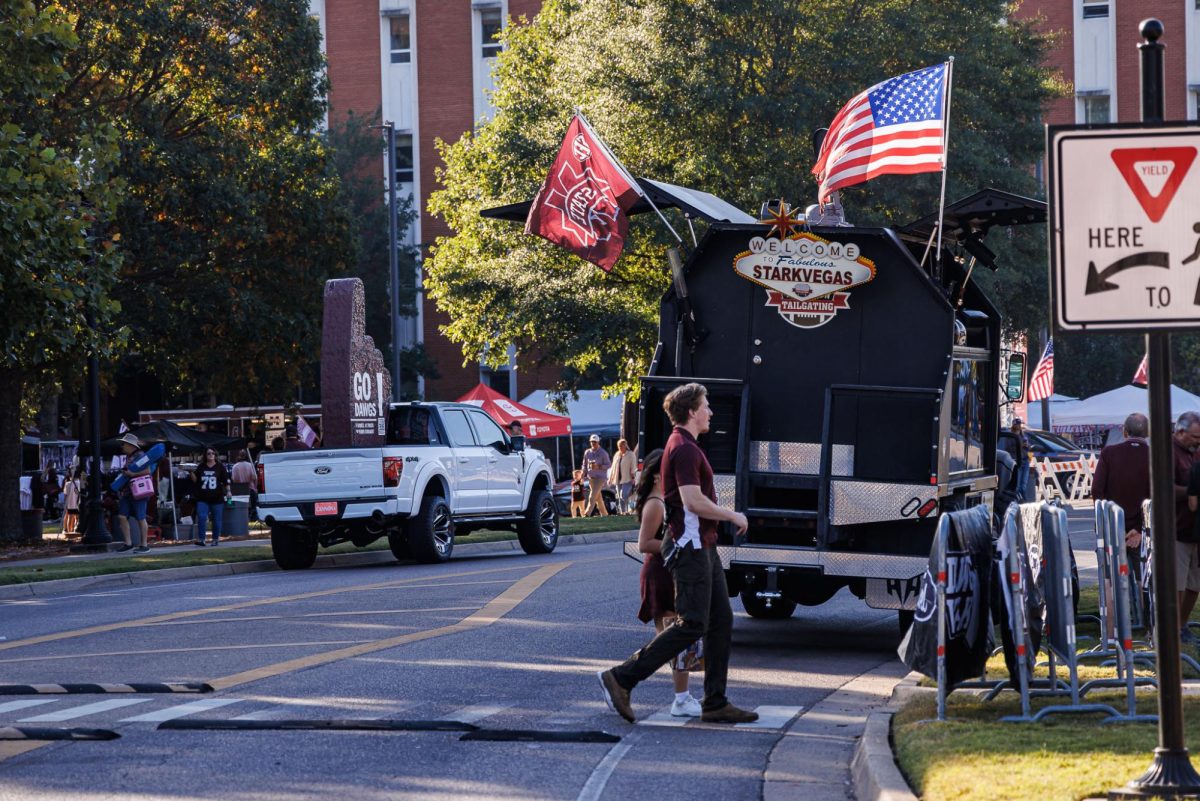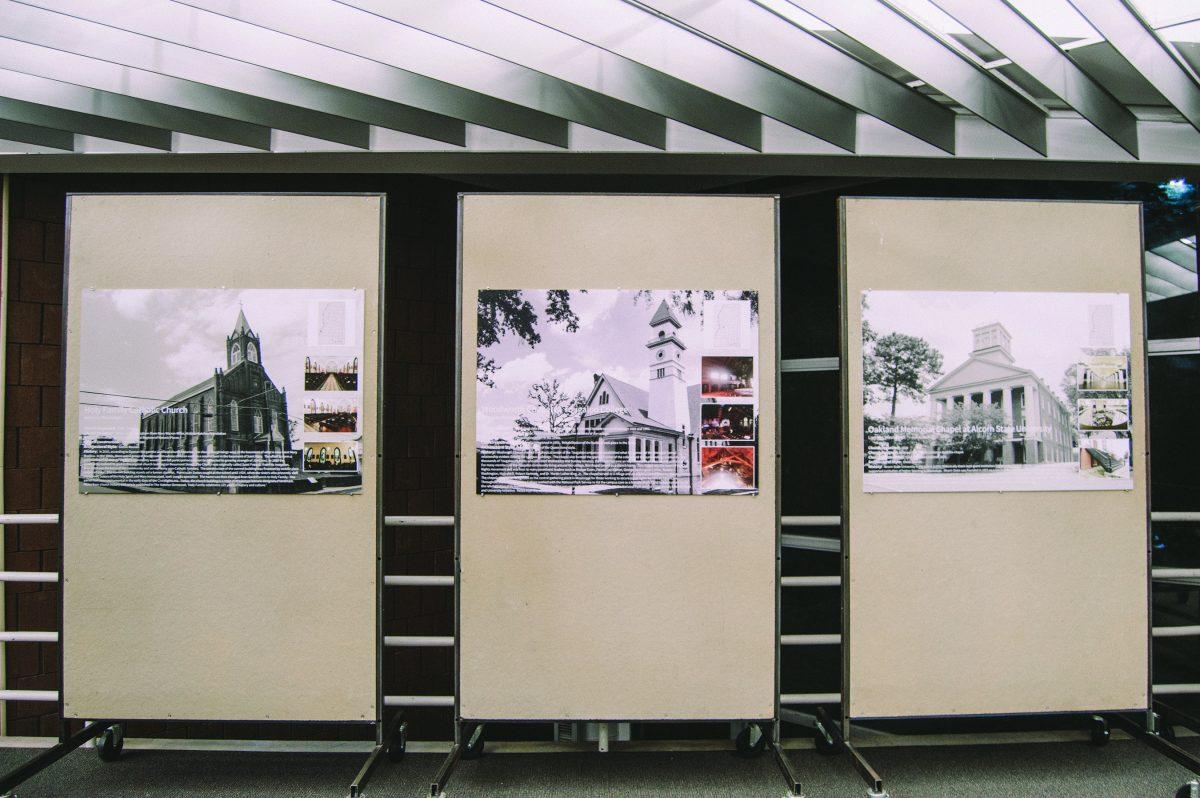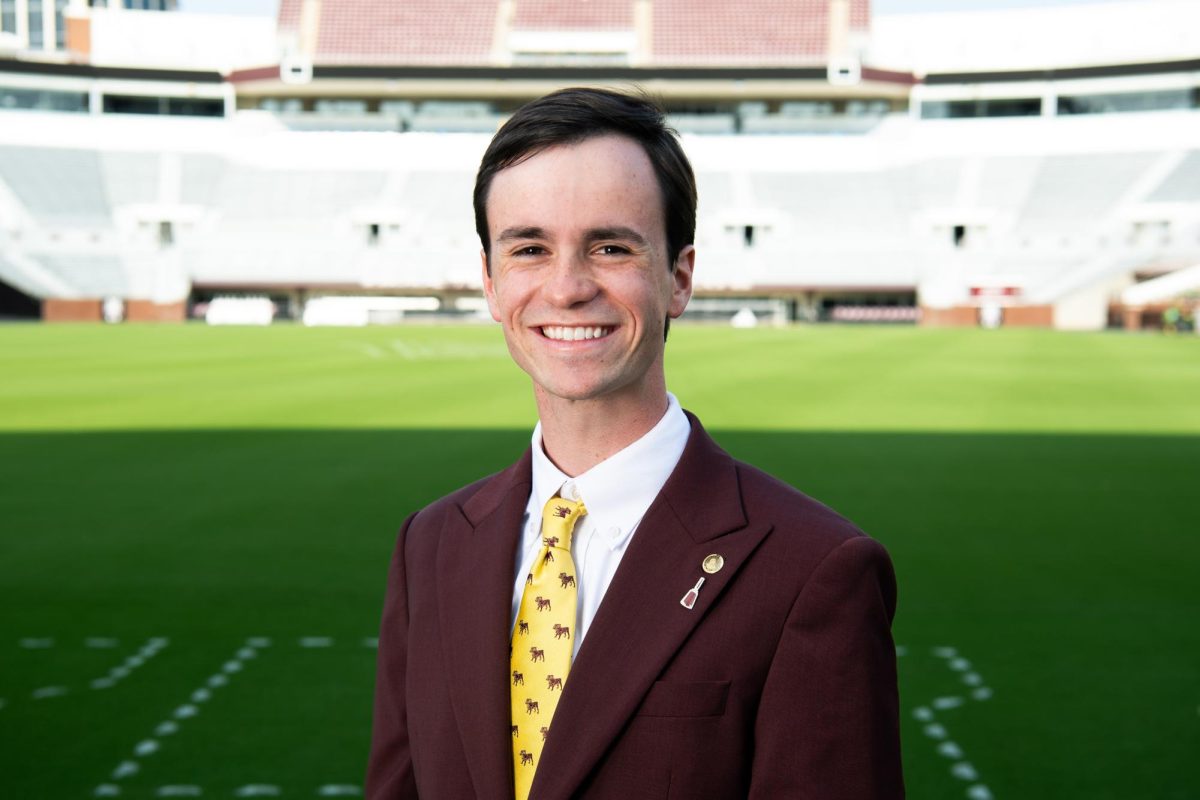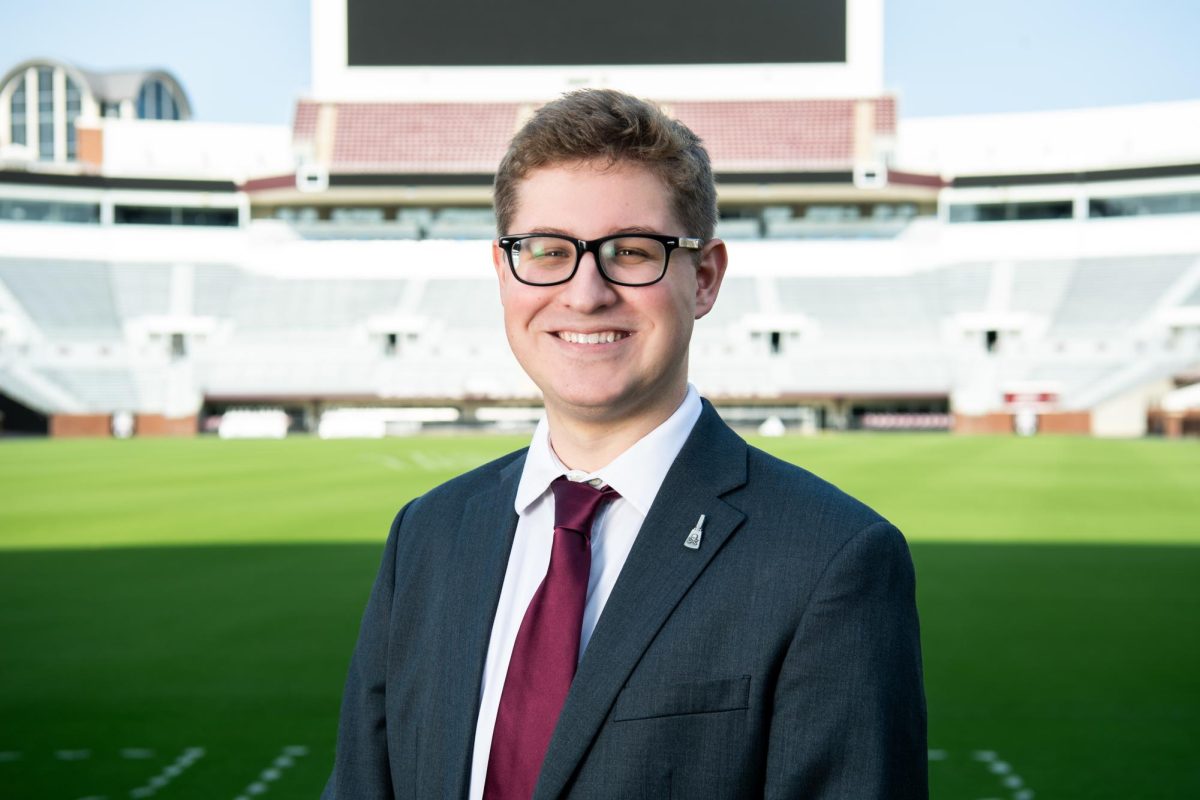On display until Sept. 24, the Mississippi State University School of Architecture’s exhibit entitled “Mississippi African American Churches, 19th Century to 1920″ is located on the second floor of Giles Hall in the McNeely Gallery.
The photo gallery has been on display since Wednesday, Sept. 4, and admission is free to the public.
In this exhibition, Christopher Hunter, assistant professor in the School of Architecture, presents the multitude of influences people and events had on the design and construction of early African American churches built between 1800 and 1920, including historical, religious, socio-cultural and architectural influences.
The exhibit features an extensive photo gallery of Mississippi’s African American churches, the majority of which were taken by Hunter himself. Hunter has over 30 years of professional experience in architecture, including a bachelors of architecture from the University of Cincinnati, as well as a masters and PhD in architecture from Texas A&M University.
Hunter said he is currently enjoying his position as an assistant professor of architecture due to his love of working with young adults and enjoyment for teaching and learning.
Jassen Callender, interim director of the School of Architecture, believes Hunter is giving these buildings the attention they deserve.
“In ‘Mississippi African American Churches, 19th Century to 1920,’ Dr. Christopher Hunter brings much needed attention to some of the earliest buildings designed, built and owned by African Americans,” Callender said. “The School of Architecture and Mississippi State University are fortunate that he has chosen to focus his efforts on the churches of Mississippi.”
According to Hunter, he was inspired to study African American churches from the 19th century because it is a subject often denied scholarly attention.
“Much attention has been given to the people and events of the Civil Rights movement, but very little scholarship to the actual buildings that housed the events and hosted the people,” Hunter said.
Many African American churches can trace their origins to the early part of the 1800s, but the majority of the church buildings were constructed after the Civil War, Hunter said.
Hunter selected this time period for his exhibit because of the intersection of the founding of several churches with the people who were finally free to construct these buildings for their own use without fear of retaliation.
Jacob Lindley, a second-year architecture studio student, greatly appreciated the opportunity to witness his design professor at work.
“As an architecture student, being able to see the implementation of craft and care in visual presentation, as well as physical presentation, is a great reminder of the care that architects so desperately need to have when working on our own projects in studio,” Lindley said. “It is also exciting to see examples of architectural styles that we are studying about in our history courses as well.”
Hunter enjoyed the opportunity to study these buildings not only as a scholar, but also as an African American.
“As an African American scholar, this is a wonderful opportunity to research, document and mine the oral histories of the church buildings and their congregants in order to add scholarship to not only the discipline of architecture, but that of African American history,” Hunter said.
Hunter believes the significance of these church houses lies in the fact they were the heart and soul of African American communities across the South, and across the entire United States. These buildings served as places of worship as well as educational, political, economical and communal centerpieces.
“These buildings represent the first real evidence of constructed material culture by and for African Americans,” Hunter said. “The importance and significance of the institution of the black church continues to exist today.”
Hunter said the exhibit took him several months to finish, including the time spent traveling to different churches and interviewing pastors and church members about their church’s history.
According to Hunter, the purpose of the photo gallery is to educate viewers in what is not simply African American history, but American history as a whole.
“My hope is for visitors to learn and appreciate the achievements of a people not too far removed from the institution of slavery, and the architectural and cultural contributions they made to not only African American history, but American history as well,” Hunter said.
Hunter hopes visitors will recognize these beautiful buildings for what they actually are—a reflection of African American culture that expands across time.
Architecture exhibit explores history of African American churches
Gracie Bell | The Reflector
The Department of Architecture’s “Mississippi African American Churches, 19th Century to 1920” exhibit features photos from assistant architecture professor Christopher Hunter.
0
More to Discover

